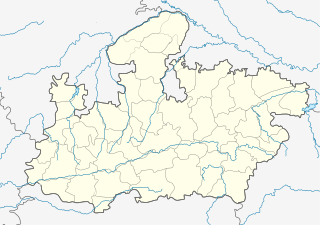The Padhar dance is a folk dance of Gujarat, India. It is performed by Padhar, a fishermen community living along banks Nal Sarovar of Bhal region. [1] [2]

A folk dance is developed by people that reflect the life of the people of a certain country or region. Not all ethnic dances are folk dances. For example, ritual dances or dances of ritual origin are not considered to be folk dances. Ritual dances are usually called "Religious dances" because of their purpose. The terms "ethnic" and "traditional" are used when it is required to emphasize the cultural roots of the dance. In this sense, nearly all folk dances are ethnic ones. If some dances, such as polka, cross ethnic boundaries and even cross the boundary between "folk" and "ballroom dance", ethnic differences are often considerable enough to mention.

Gujarat is a state on the western coast of India with a coastline of 1,600 km (990 mi) – most of which lies on the Kathiawar peninsula – and a population in excess of 60 million. It is the sixth largest Indian state by area and the ninth largest state by population. Gujarat is bordered by Rajasthan to the northeast, Daman and Diu to the south, Dadra and Nagar Haveli and Maharashtra to the southeast, Madhya Pradesh to the east, and the Arabian Sea and the Pakistani province of Sindh to the west. Its capital city is Gandhinagar, while its largest city is Ahmedabad. The Gujarati-speaking people of India are indigenous to the state. The economy of Gujarat is the fifth-largest state economy in India with ₹11.62 lakh crore (US$170 billion) in gross domestic product and a per capita GDP of ₹156,000 (US$2,300). Gujarat ranks fifteenth among Indian states in human development index.
The Padhar are a Hindu caste found in the state of Gujarat in India.
The dancer holds small sticks in his hands while dancing. They enact rowing of boats while dancing. They sing songs associated with water. [1] [3] [2]






